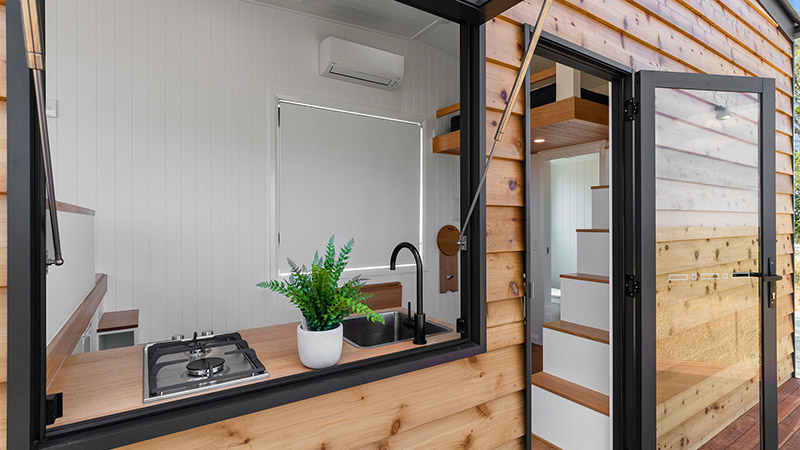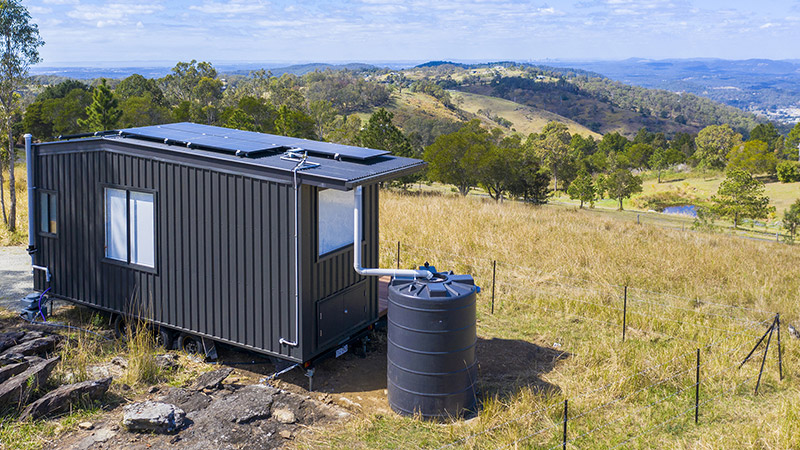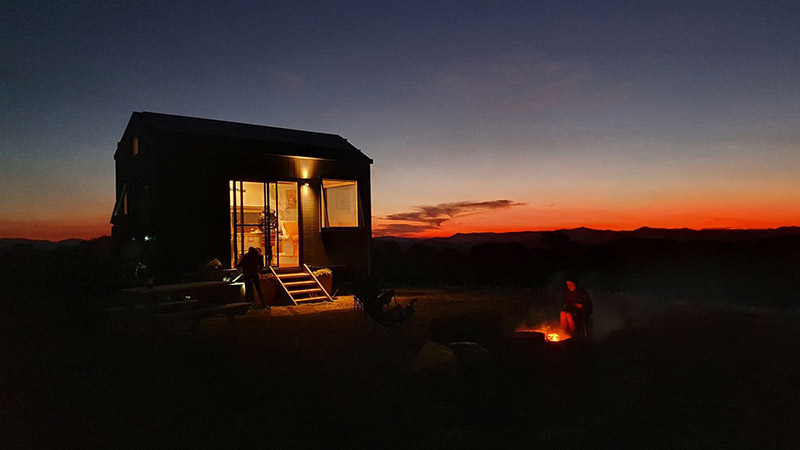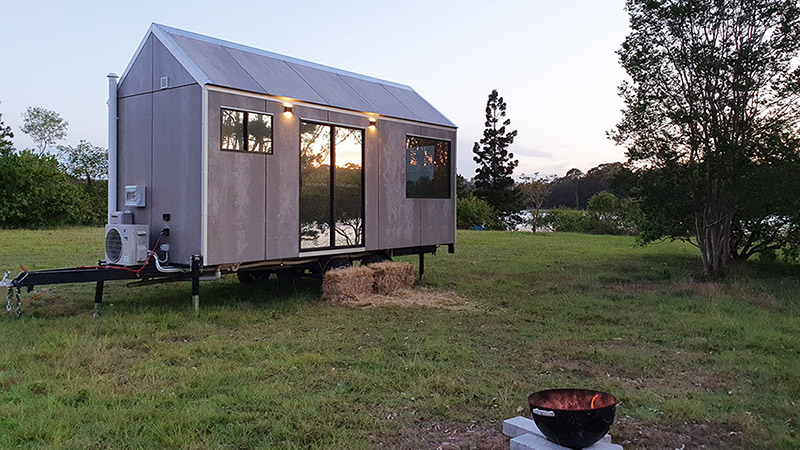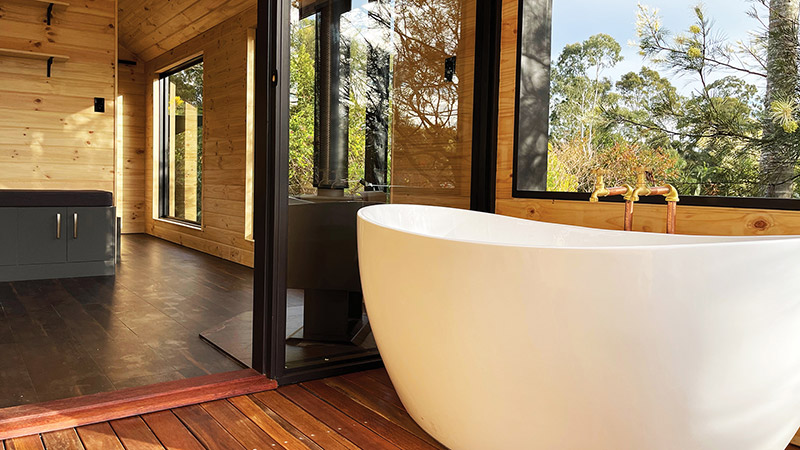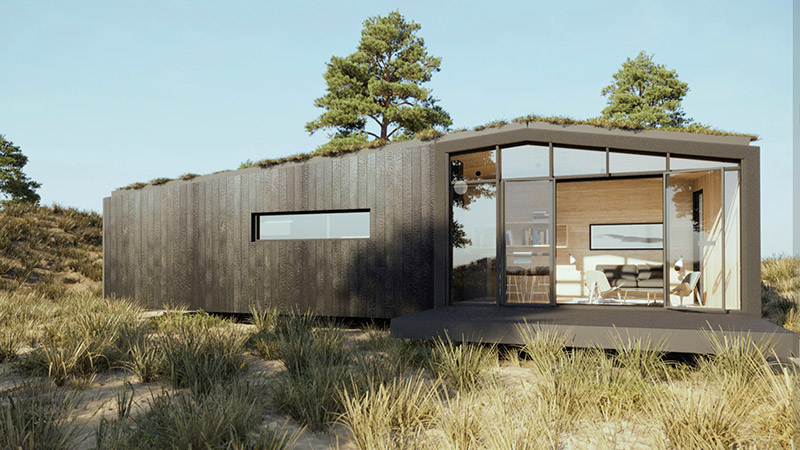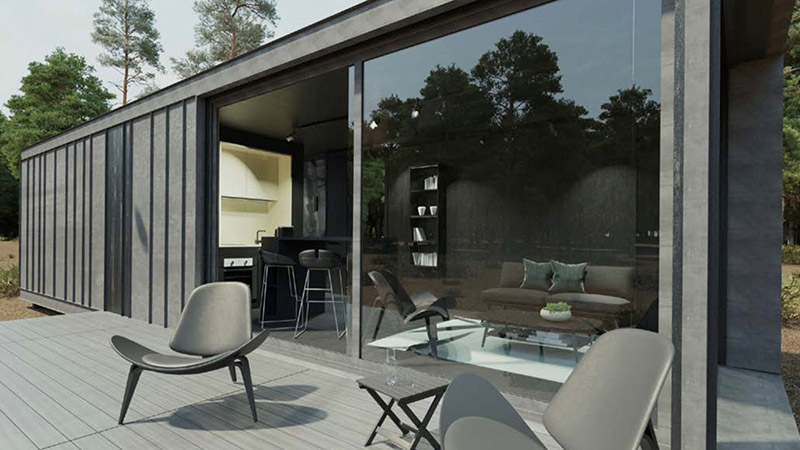Tiny homes are alleviating big problems
Tiny homes have been touted as everything from a lifestyle and environmental revolution to panacea for social housing issues, and they're springing up all around Australia.
With high property prices throughout the country, Australians are looking for innovative ways to access affordable housing options.
So-called tiny homes have been touted as everything from a lifestyle and environmental revolution to panacea for social housing issues.
While there’s no universal definition of what constitutes a tiny home, it’s usually regarded as a relocatable dwelling unit with a maximum of 37 square metres of floor area.
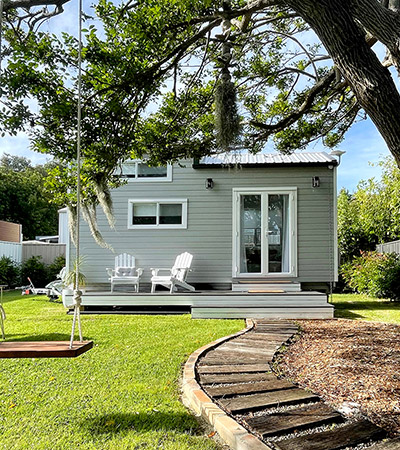
Source: Alphaline Tiny Homes
The tiny house movement as an industry is growing slowly in Australia.
While hardly challenging traditional brick and mortar houses, most states in Australia have been embracing the movement for several years.
The financial crisis of 2007–08 fuelled the growth of the small house movement in the United States, with flow-on effects around the world, including Australia.
The 11,500 Instagram posts with a “tiny house Australia” hashtag illustrate the interest of Australians in the movement, so, why are so few Australians choosing to build a tiny house?
High land prices, the restricted space, temperature control, regulatory issues and building codes are just a few of the impediments that are limiting uptake of tiny house living Is slow in Australia.
Tiny houses are built to last as long as traditional homes, use traditional building techniques and materials, sometimes with an innovative twist, and are aesthetically similar to larger homes
Adopting the innovative approach, Perth-based Snug Living Australasia is helping Western Australians make shipping container living a reality.
Working with experienced local designers and developers, they’re creating locally manufactured bespoke home and office spaces from shipping containers.
A shipping container home isn’t just for those interested in living an environmentally friendly, off-grid lifestyle, according to David Macdonald, owner of Snug Living Australasia.
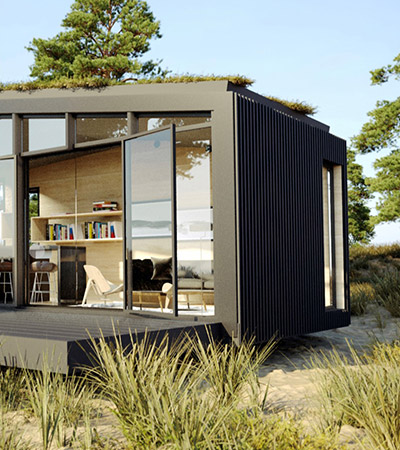
Source: Snug Living Australasia
“We have two types of customers - young Australians who want to own a home of their own and don’t need a four-bedroom house, and older Australians who are looking to make the most of their rural land and create a family retreat,” Mr Macdonald told Australian Property Investment Magazine.
“With accommodation demand soaring in our South West, there is also significant interest in creating tiny houses and offering them as Airbnb accommodation options.
“The most popular locations for tiny houses are in the south of the state, including Margaret River, Denmark and Albany.
“As Western Australia and the rest of the country begins to reopen domestically and internationally, there is already a strong need and interest in creating quality modern accommodation options quickly.”
On the eastern seaboard, escalating property prices have made affordability for many first homebuyers an insurmountable issue, and runaway rents are consuming incomes and driving people further out into fringe suburbs.
Rising interest rates may be the catalyst to more people embracing the tiny home concept.
On the Gold Coast, Dave Parker is the owner of Alphaline Tiny Homes and has seen a wide range of clients taking up this minimalist lifestyle.
He said around 80 per cent of their customers are utilising existing family property to create a tiny house that their parent or child can live in.
“Some of our customers are also buying land and plan to build their dream home on it within the next two to five years and see a tiny house as a stepping stone to this goal,” Mr Parker said.
“A lot of people have become homeless over the last two years, not because they don’t have jobs, but due to the lack of rentals and the increasing prices.
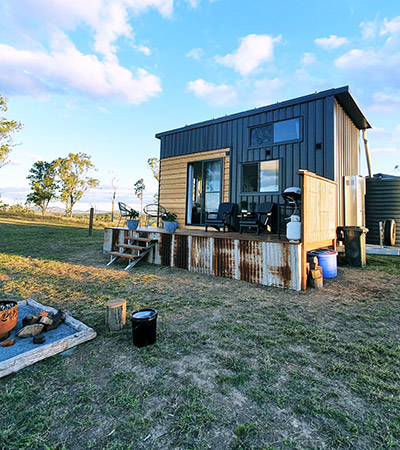
Source: Alphaline Tiny Homes
“With more and more workplaces embracing remote work arrangements, many Australians are realising they don’t need to live near the city to work and can purchase a piece of land regionally and build a tiny house quickly and affordably.”
Top five benefits of tiny house living
1. Transporting a tiny house is a breeze
When someone buys a traditional brick and mortar house, if they grow tired of their surroundings they can’t just pick up their house and move it to a more desirable location. Once living the tiny house lifestyle, with a little expert help, the homeowner can simply organise transport and move to their next desired location.
2. A space that’s truly unique and personalised
Unlike a standard build, a tiny house gives its owner the creative freedom to build a space that is truly their own. Most designers in Australia specialise in creating bespoke living spaces, so it’s goodbye to cookie-cutter homes.
3. Affordable luxury living
With long wait times for new builds across Australia, and the median cost of a home priced at $1,000,000, many people have been priced out of the Australian property market.
A tiny house enables people who couldn’t afford a traditional home, the opportunity to own a home of their own.
“Our 12 metre tiny house pricing starts at $55,000 and includes a self-contained kitchen, bathroom and decking,” Mr Parker said.
“For commercial fit-outs that include meeting rooms, studios and offices, prices start at $20,000.”
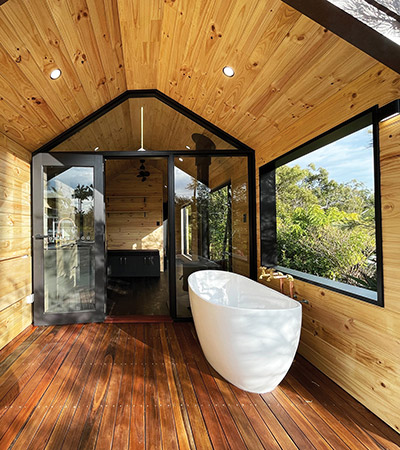
Source: Alphaline Tiny Homes
4. Move-in now not later
Nobody likes to wait. Nowadays, it can be months before a traditional build even begins. With a tiny house, a buyer could be enjoying their new compact lifestyle in just a few months.
5. Built to last
Tiny houses are built to exacting standards that meet building regulations and council requirements.
In the case of shipping containers designed to withstand the harshest of conditions, they can last up to 25 years and in some circumstances even longer when given the right care.
Tiny issues
Before jumping on board the tiny house movement there are a few things to consider.
Throughout Australia, most councils consider a tiny home the same as a traditional house. This means approvals, inspections and plans just like those required for a granny flat or house are still required.
Understanding the limitations of the structure is important as door and window holes and incorrect changes can compromise the structural integrity of the building.
It’s also important to consider that a tiny house can have higher insurance costs compared to a traditional home.
For those considering tiny house living, the annual Tiny House Expo kicks off in Adelaide, Brisbane, Melbourne and Sydney over the next few months.


